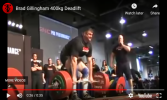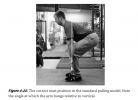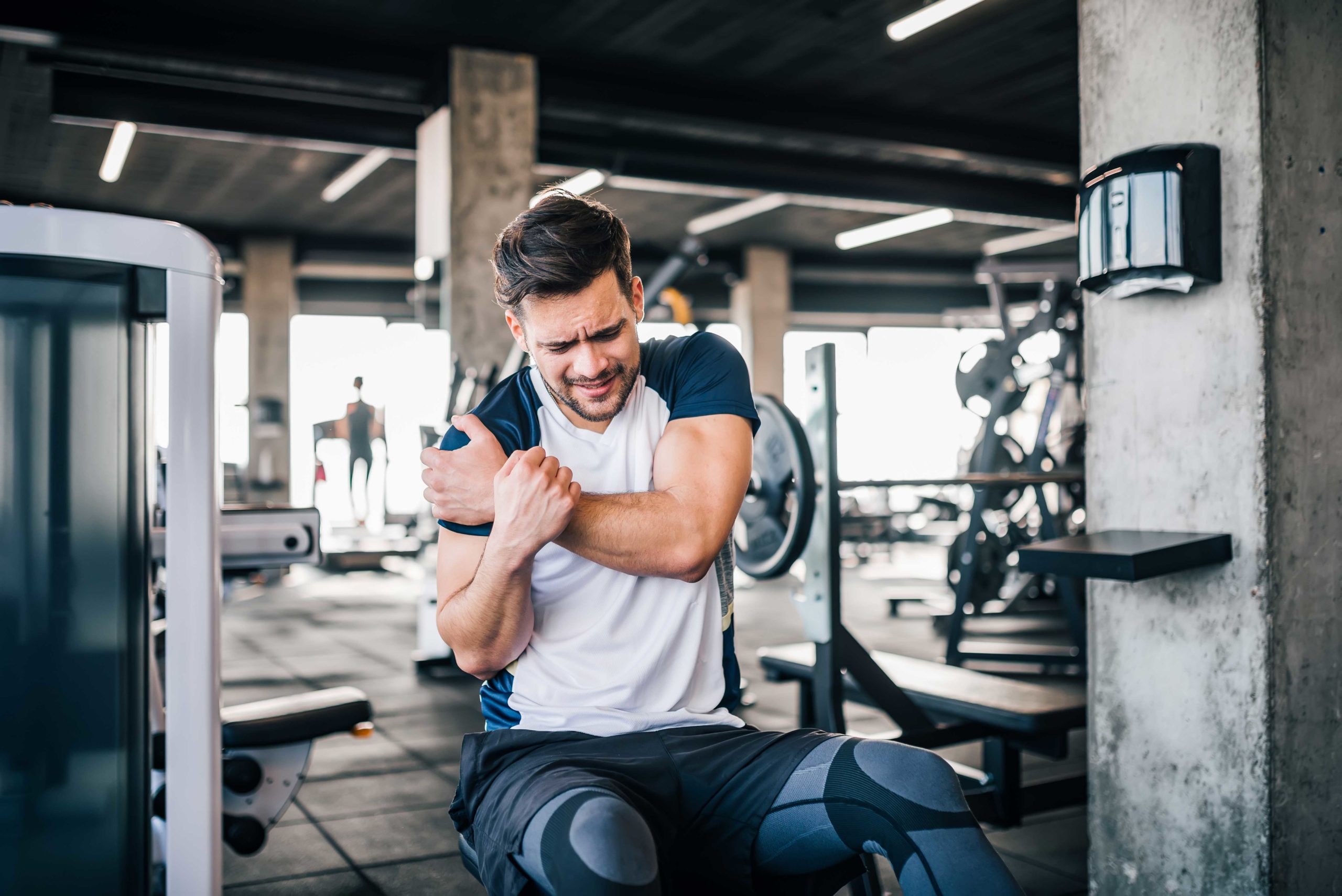@q.Hung, the kind of things you're talking about are where lifting gets interesting, IMHO.
The reason for specialized variety training is that, when the weight you're moving becomes heavy enough, you must reply on the parts of your technique and your structure and your strength that do the job best. All well and good, that, but if you can figure out what parts of your technique are less than ideal, what parts of your structure might suggest a change in form, and what parts of your body are weakest, improving any of those things can mean that how you deadlift changes, and then you can become able to move more weight. Put very simply, a chain is only as strong as its weakest link. This is why we say that, for a long time, a lifter should just do the lift, but once you reach a certain stage, you may need specialized variety in your training, and for some people, that specialized variety may become the bulk of their training.
My example: I looked again this morning at my two meet deadlifts from April 17. 150 kg looks good, 162.5 kg looks lousy. I've got work to do because I was unable to maintain the same form with 162.5 that I had with 150. Back to the drawing board for me as I'm looking for 3 reds and the clamps on the bar sometime in the near future, and that's 175 kg, and I don't have that now, but I want, want, want it!
-S-
The reason for specialized variety training is that, when the weight you're moving becomes heavy enough, you must reply on the parts of your technique and your structure and your strength that do the job best. All well and good, that, but if you can figure out what parts of your technique are less than ideal, what parts of your structure might suggest a change in form, and what parts of your body are weakest, improving any of those things can mean that how you deadlift changes, and then you can become able to move more weight. Put very simply, a chain is only as strong as its weakest link. This is why we say that, for a long time, a lifter should just do the lift, but once you reach a certain stage, you may need specialized variety in your training, and for some people, that specialized variety may become the bulk of their training.
My example: I looked again this morning at my two meet deadlifts from April 17. 150 kg looks good, 162.5 kg looks lousy. I've got work to do because I was unable to maintain the same form with 162.5 that I had with 150. Back to the drawing board for me as I'm looking for 3 reds and the clamps on the bar sometime in the near future, and that's 175 kg, and I don't have that now, but I want, want, want it!
-S-



